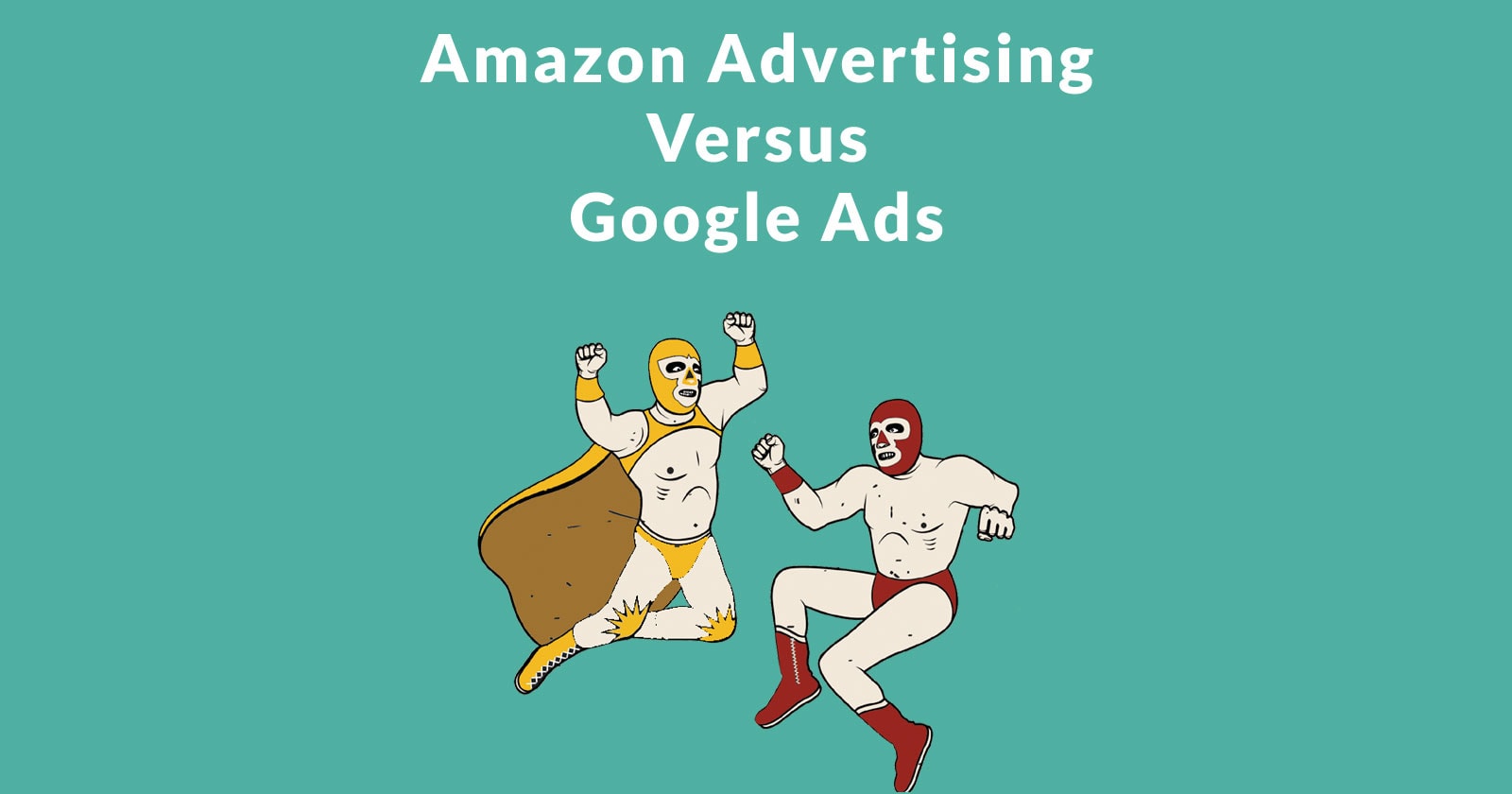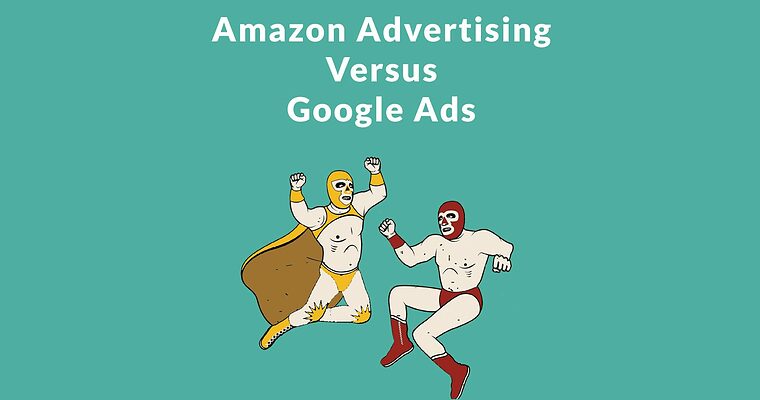
Share The Love:
Table of Contents

Amazon PPC Challenges Google Ads – Search Engine Journal

Roger Montti
-
2.2KREADS
A study of billions of dollars in Pay Per Click (PPC) expenditures reveals insights into spending trends, particularly between the platforms hosted by Google and Amazon.
The study was conducted by Marin Software, extrapolated from billions of dollars of PPC budgets. Wes MacLaggan, SVP of Marketing at Marin Software offered this insight:
“While Google and Facebook continue to be the most prominent channels for digital ad spend, we’re now seeing more and more early adopters experimenting with Amazon’s ad offerings…”
“Amazon has essentially become a massive search engine for consumers far down the purchase funnel and we’re eager to help advertisers increase their presence on this important channel in quarters to come.
This is a really exciting time to be involved in the digital advertising space, and I’m looking forward to exploring Amazon’s impact on the marketing landscape in 2018 and beyond.”
Google Ads
Google’s Year over year average cost per click (CPC) remained relatively stable, falling by a penny. It fell by nine cents during the end of year shopping season, the busiest shopping quarter of the year.

Google’s Click Through Rate (CTR) remained stable at 0.03

Google Shopping Ads
Of the billions of dollars of ad spend researched, Google Shopping Ads represented about 27% of the Google Ad spend in US Dollars. Although it fell to 24% during the fourth quarter it regained in the following quarter, essentially staying flat.

Amazon Advertising
Amazon’s advertising product represented approximately 21.5% of advertising budget by many businesses and agencies.

Amazon offers Headline Shopping Ads and Sponsored Product Ads. Headline Shopping Ads are more prominent, showing at the very top of the search results. They received a significantly higher CTR of 2.68% versus 0.49% for the Sponsored Product Ads (SPA), yet the SPA represented nearly 80% of the ad spend.

Key Differences Between Google and Amazon
1. Return on Advertising Spend
The Cost Per Click (CPC) is higher than on Google, but there are good reasons for this. I asked Mark Jackson of Vizion Interactive about this.
Mark Jackson has extensive experience in search marketing, having worked at Lycos and AOL Time Warner at the dawn of digital marketing. Mark and his staff are authoritative experts at Pay Per Click strategies, so I was delighted to have his input about Amazon Advertising versus Google Ads.
Mark said,
“Amazon searchers are typically much further along in the purchasing path, and are already in the mindset of wanting to purchase a product. Customer searches tend to be much more specific, and product focused. In Google, customers typically are still in the browsing stages, and wanting to either learn about products, or searching product categories. With customer’s search intentions differing greatly in Amazon vs. Google, it causes your PPC strategies to be much different as well.”
He then elaborated and explained that the Return On Advertising Spend (ROAS) is dramatically better on Amazon. And not just on your own brand name, but across the board on keyword phrases and competitor brand names.
The benefit of the higher ROAS is, according to Mark Jackson of Vizion Interactive:
“This allows your ability to boost incremental sales much higher than in Google.”
2. Algorithms
Amazon’s algorithm factors in things like reviews. This adds an additional layer of complexity to bidding on Amazon versus Google.
3. Ramp Up Time
Another downside of advertising on Amazon versus Google is that the amount of time it takes to ramp up a campaign on Amazon to reach peak efficiency is slower on Amazon versus Google.
This means that if you are planning to advertising during a specific time frame, it may be necessary to start the campaign earlier so as to be at the best CPC/CTR ratio at the appointed time.
3. Budget Strategies
A key feature of Amazon is that it is a de facto shopping search engine (much like YouTube is a video search engine). Because of this, consumers are lower on the sales funnel (lower is better).
This affects budget strategy because bidders on Amazon on more specific as opposed to on Google.
Mark Jackson of Vizion Interactive offered this insight:
“In Amazon, customer’s searches are much more specific, causing broader terms to be less utilized (and less expensive). This ends up having a direct effect on the size of budgets you can push in Amazon vs. Google.”
It’s exciting to see competition in PPC. Competition benefits everyone.
Read the interactive Digital Advertising Benchmark Report by Marin Software here.
Images by Shutterstock, Modified by Author
Screenshots by Author
https://www.searchenginejournal.com/amazon-google-ppc/262125/
On – 19 Jul, 2018 By Roger Montti
Tags
Share This



